Begonia – Angel Wing Begonia
Angel Wing Begonia is a stunning and popular variety of Begonia known for its attractive foliage and beautiful flowers. With its distinctive angel wing-shaped leaves and vibrant blooms, this begonia variety has become a favourite among plant enthusiasts and gardeners.
Origin and Taxonomy:
Angel Wing Begonia belongs to the Begoniaceae family and is native to the tropical regions of South America, particularly Brazil. Its scientific name is Begonia coccinea, commonly referred to as Angel Wing Begonia due to the shape of its leaves.
Growth Habits:
Angel Wing Begonias are cane-like begonias characterized by upright and branching stems resembling bamboo canes. These canes give rise to large, asymmetrical, and elongated leaves with a distinctive wing-like shape, hence the name “Angel Wing.” The plant can reach up to 3 feet (90 centimetres), creating an impressive display.
Leaf Characteristics:
The leaves of Angel Wing Begonias are typically medium to dark green and have a glossy texture. They are asymmetrical and shaped like angel wings, with a pointed tip and serrated edges. Some varieties may display silver or metallic markings on the leaves, adding to their visual appeal.
Flower Characteristics:
One of the highlights of Angel Wing Begonias is their abundant and showy flowers. The blooms appear in clusters or pendulous sprays and come in various colours, including shades of pink, red, orange, and white. The flowers have a delicate, waxy texture and often feature contrasting colours on the petals, adding to their charm.
Light Requirements:
Angel Wing Begonias thrive in bright, indirect light. They prefer filtered or partial shade rather than direct sunlight, which can scorch their leaves. Placing them near a window with a sheer curtain or in a location with bright, indirect light is ideal.
Watering Needs:
It is essential to maintain a consistent watering routine for Angel Wing Begonias. They prefer slightly moist soil but are susceptible to root rot if overwatered. Allow the top inch of soil to dry out between waterings, and ensure good drainage to prevent waterlogging.
Soil Requirements:
Angel Wing Begonias thrive in well-draining soil that retains moisture while allowing excess water to escape. A peat-based potting mix enriched with organic matter is recommended. Adding perlite or vermiculite to the soil mixture can improve drainage.
Temperature and Humidity:
These begonias prefer temperatures ranging from 60°F to 75°F (15°C to 24°C). They can tolerate slightly higher or lower temperatures but should be protected from extreme heat or cold drafts. Angel Wing Begonias appreciate moderate humidity levels, and misting the leaves or using a humidifier can be beneficial, especially in dry indoor environments.
Pruning and Maintenance:
Regular pruning is essential to maintain the shape and size of Angel Wing Begonias. Remove any leggy or diseased growth, and pinch back the tips to encourage bushier growth. Removing spent flowers will promote continuous blooming. Regular inspection for pests and proper cleaning of leaves will help keep the plant healthy.
Propagation:
Angel Wing Begonias can be propagated through stem cuttings. Select healthy stems and cut them just below a node. Remove any lower leaves, and place the cuttings in a well-draining potting mix. Keep the cuttings moist and warm until new roots develop. Propagation can also be done through leaf cuttings or division of mature plants.
Angel Wing Begonias are beautiful plants that can bring beauty and elegance to any garden or indoor space. With their unique wing-shaped leaves and stunning flowers, they are sure to captivate any observer.
Things to know about BEGONIA
Common (vernacular) Name
बिगोनिया (Hindi), Begonia, Angel wing begonia, Belgian Begonias, Dragon Wings Begonia, Rex Begonia, Tuberous Begonias and many more.
Botanical Name
Begonia x semperflorens-cultorum
Origin
Mexico and Central America
Family
Begoniaceae
Plant Type
Subtropical and Tropical plant
Plant Features
Ornamental / Evergreen / Exotic
Life Cycle
Perennial
Landscape Uses
Container Planting, Hanging Baskets, Bedding plant and Houseplants
Species
Begonia 'Benitochiba', Begonia coccinea, Begonia convolvulacea, Begonia cucullata, Begonia decandra, Begonia dregei, Begonia foliosa var. miniata, Begonia fusca, Begonia 'Glowing Embers', Begonia grandis subsp. evansiana, Begonia grandis subsp. evansiana var. alba, Begonia 'Green Gold', Begonia heracleifolia, Begonia hirtella, Begonia humilis, Begonia listada, Begonia luxurians, Begonia masoniana, Begonia nelumbiifolia, Begonia reniformis, Begonia ulmifolia.
Varieties
With more than 1,800 known species and hybrids, the Begoniaceae family is one of the fifth largest flowering plant groups. Some famous verities are available in a myriad of colours and exotic variegation, such as Angel-wing begonias, Super Olympia, Varsity, Paint Splash Pink, Doublet White, Cocktail Series, Red Tempest, Rose begonia, Mocca Yellow, Richmond, Dusty Rose, Wax begonia, Charm begonia, Rex begonias, Torch Pink, Rieger begonias and many more.
Size
Height : 1 to 1.5 feet tall and Width : 1 feet wide when mature.
Indoors or Outdoors
Outdoors : Begonias are popular as annual outdoors in bedding plant, avoid direct sun light.
Indoors : Excellent plant grow in partly sunny location as indoors.
Blooming / Flowering
Bloom in summer
Flower Colour
It’s come with Yellow, Pink, White and Red.
Lucky Plant
Good fortune Plant for Prosperity and Gifting.
Lighting / Sun Exposure
Partial shade to full Sunlight.
Temperature
Grow best preferably temperature between 18°C to 20°C.
Growth Rate
Begonia is a moderate growers plant.
Watering
Regular watering, Mist or over head sprinkler to provide water and to improve relative humidity. Not tolerate overwatering it may cause root damage and yellowing of the leaves.
Fertilizer
Slow-release fertilizer, or a water-soluble liquid fertilizer once or twice in the growing season (Spring through Summer).
i.e. - Coffee grounds, Pine bark humus, Compost, NPK 20-20-20, 10-10-10, 15-15-15 or 7-9-5 fertilizer, liquid organic fertilizer etc.
Pruning
Pruning of Begonia should be done only in the spring or early summer. It encourages to new branches and shoots to appear and bloom on new growth. It is also a way to get rid of infected branches or dead steams.
Propagation
Seeds : The best time to sow your Begonia seeds is in the end of Winter / early Spring but it can't can give good result.
Stem Cuttings : The easier methods of propagation of Begonia in water or in soil via stem cuttings, and can be done during the warm growing season.
Leaf Cuttings : Begonias can propagate well from leaf cuttings in summer season.
Rhizome Cuttings : Rhizome cuttings are a type of stem cutting without leaves and can be made any length and will give you a new plant faster.
Dormancy Period
Month : November to February (winter season)
Shed their leaves and show poor growth, Watering minimally.
Avoid : Propagate, Fertilize and Repotting.
Container
Ceramic Pot, Plastic Pot, Terracotta or Clay Pot is preferred, which ensures good drainage as well as water holding capacity.
Soil Type
A well-drained potting soil is recommended as well as water holding capacity. Prevent soggy potting medium.
Our recommendation for potting mix : Mixture of Garden Soil (50%) + Vermicompost (20%) + Cocopeat/Perlite (30%).
Soil pH
Lightly Acidic soil - Ideally 5.5 to 6.5 pH (potential of hydrogen) is recommended.
Repotting
Begonia prefer to be a root bound. It is advisable to repot the every 3 to 5 years preferably spring or warm season.
Maintenance
Medium care
Properties
Mildly Toxic or Poisonous to both humans and pets upon ingestion.
Benefits
According to NASA and Dr Bill Wolverton, it’s very efficient at filtering out benzene and chemicals produced by toluene.
Special Features
Attract pollinators like butterflies and bees or wasps.
Infestation / Pests
Aphids, Scale, Thrips, Nematodes, Whiteflies, Mealybugs, Spider mites, Slugs/Snails and Caterpillars etc.
Diseases / Problem
Physiological Problem : Anthracnose and Leaf Spot.
Bacterial Problem : Bacterial Blight and Bacterial Wilt.
Fungal Problems : Armillaria root rot, Leaf spot, Rhizoctonia crown rot, Pythium root rot, Powdery Mildew and Root Rot.
Some Glimpse of BEGONIA
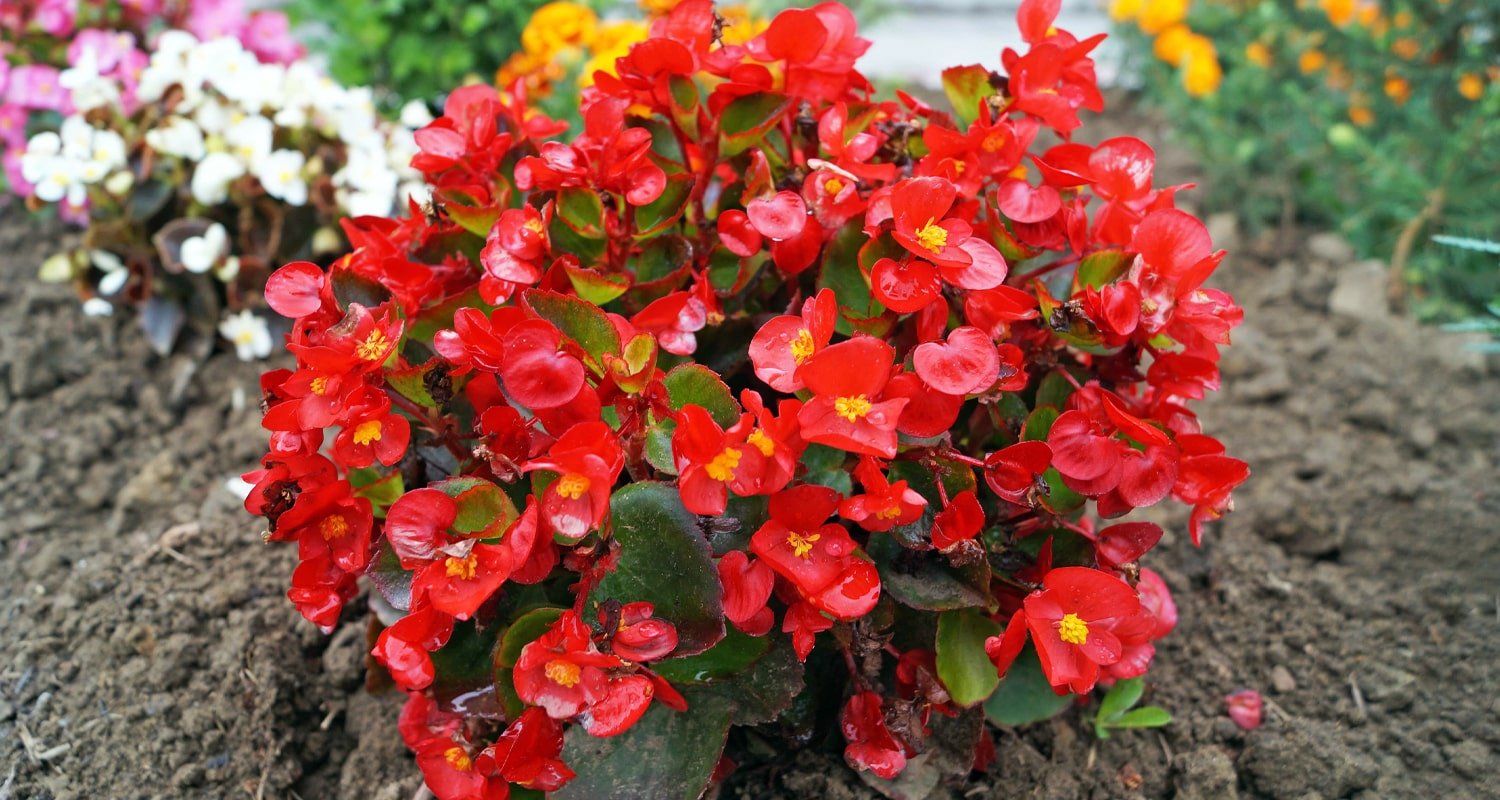
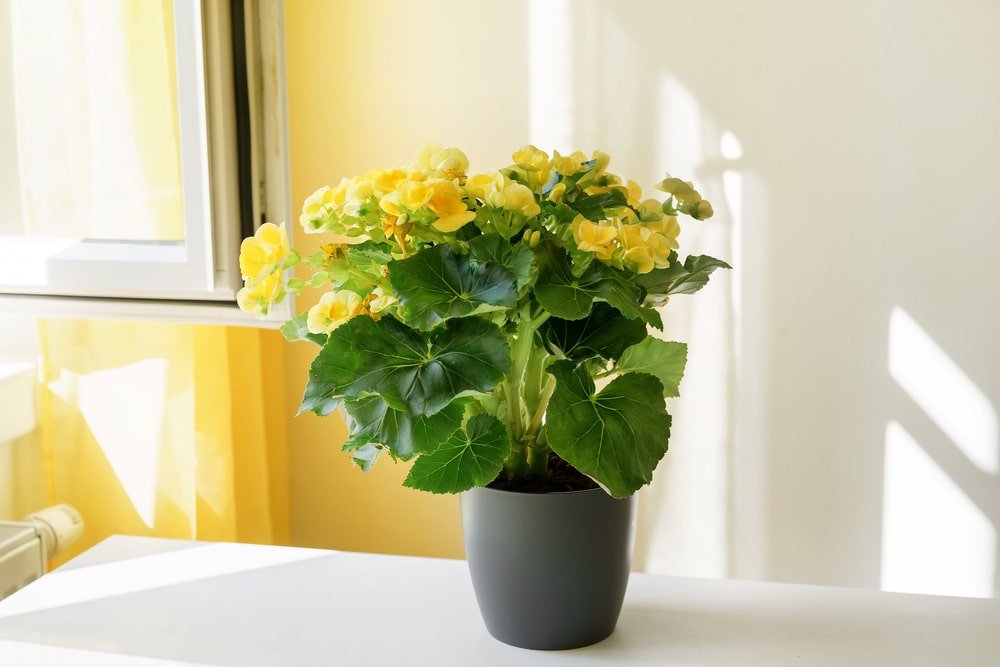
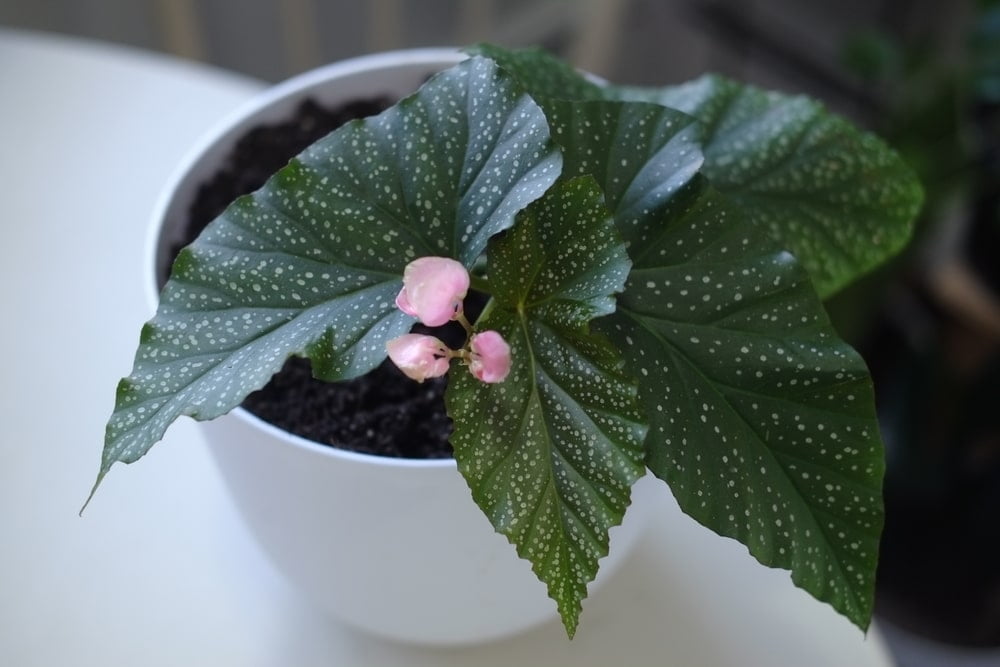

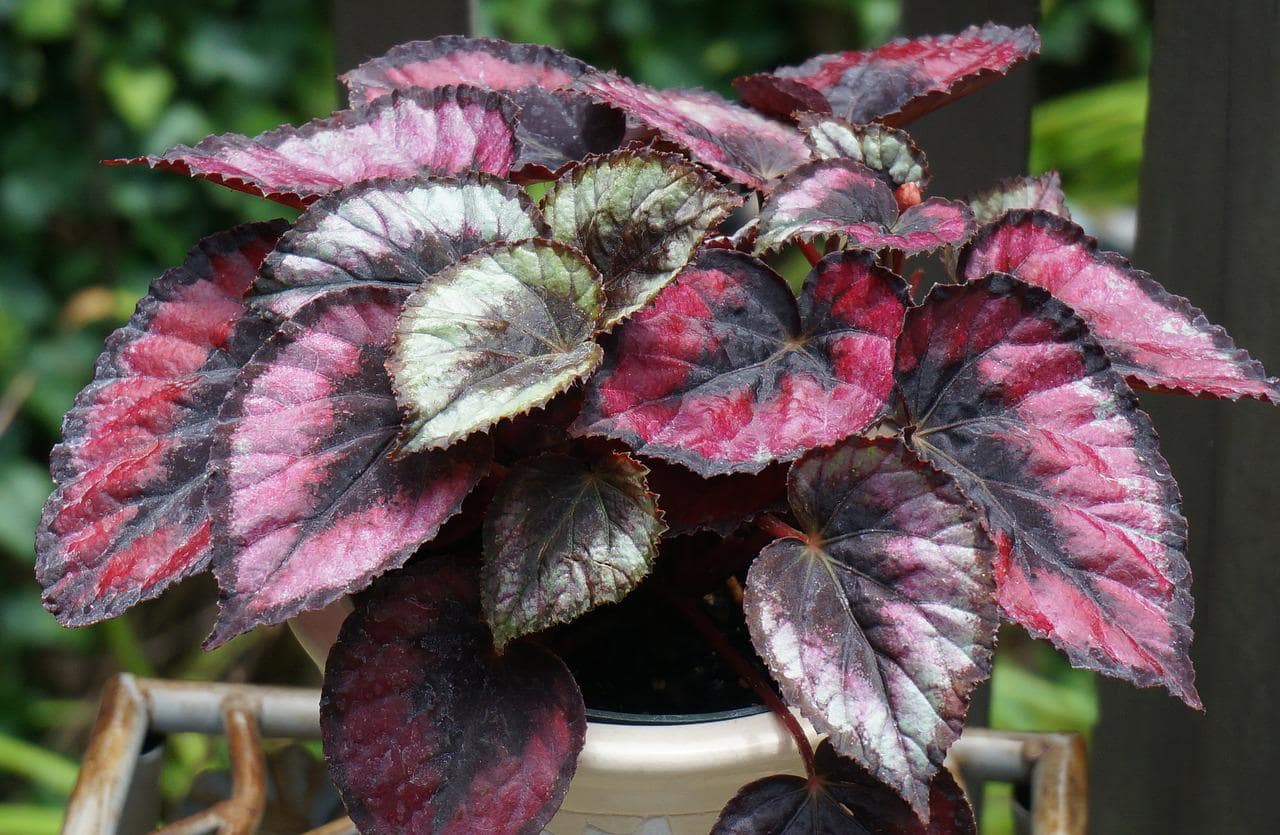

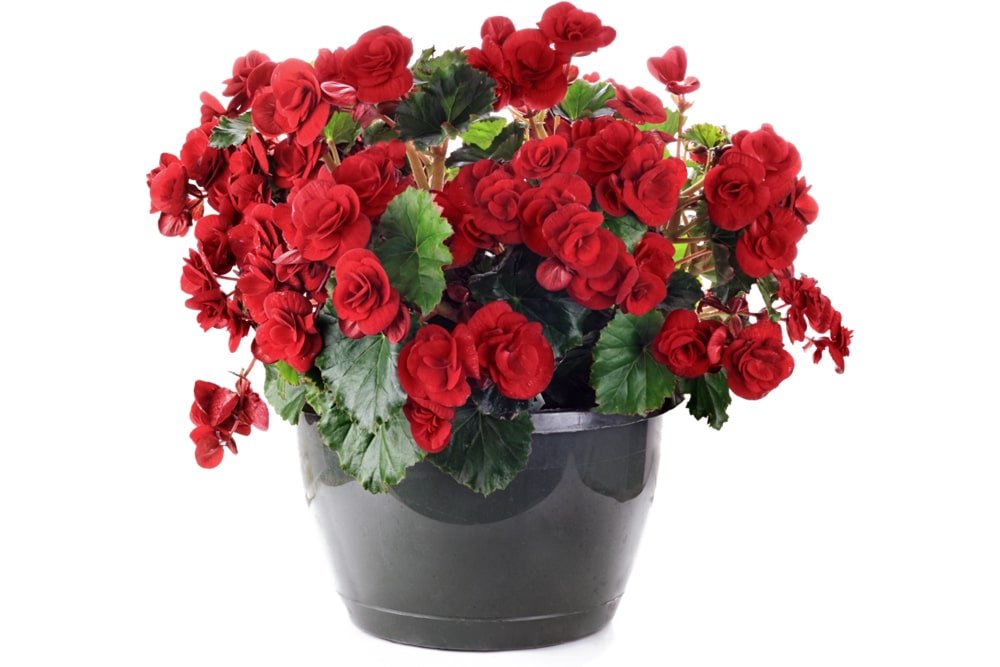
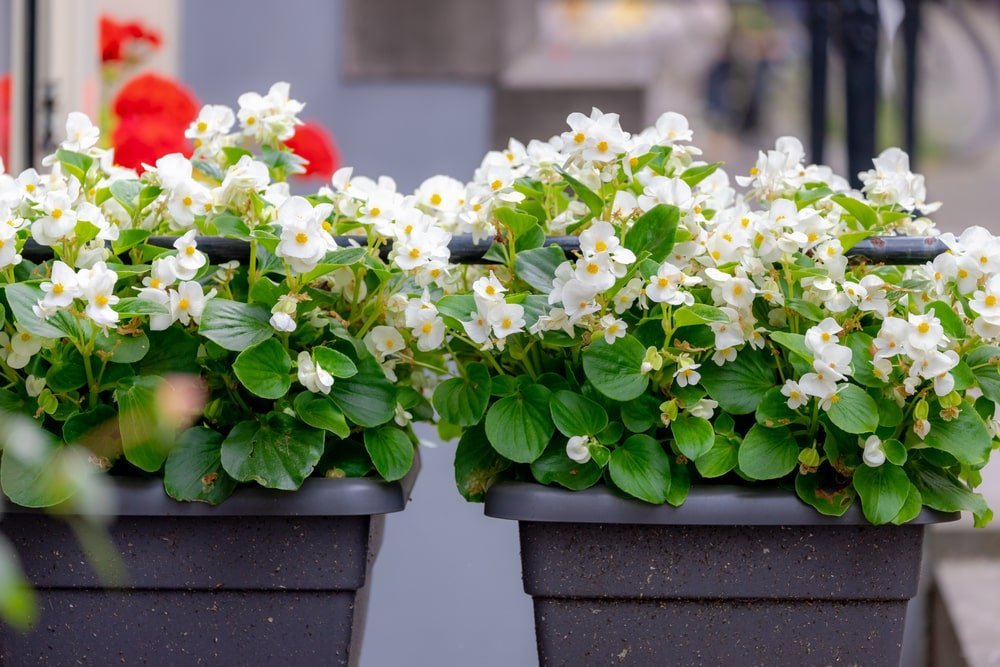
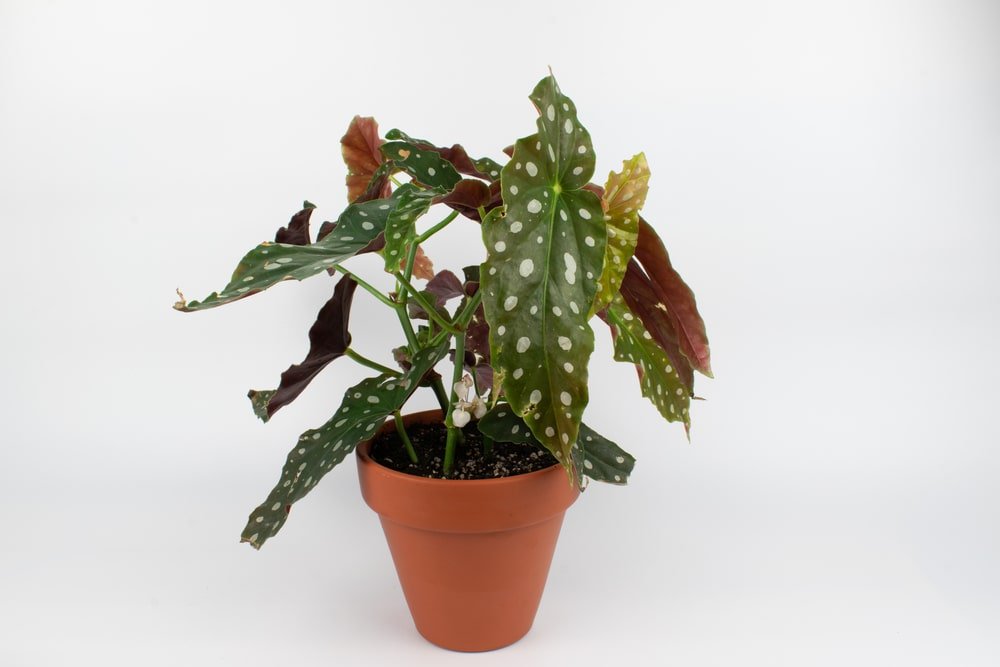
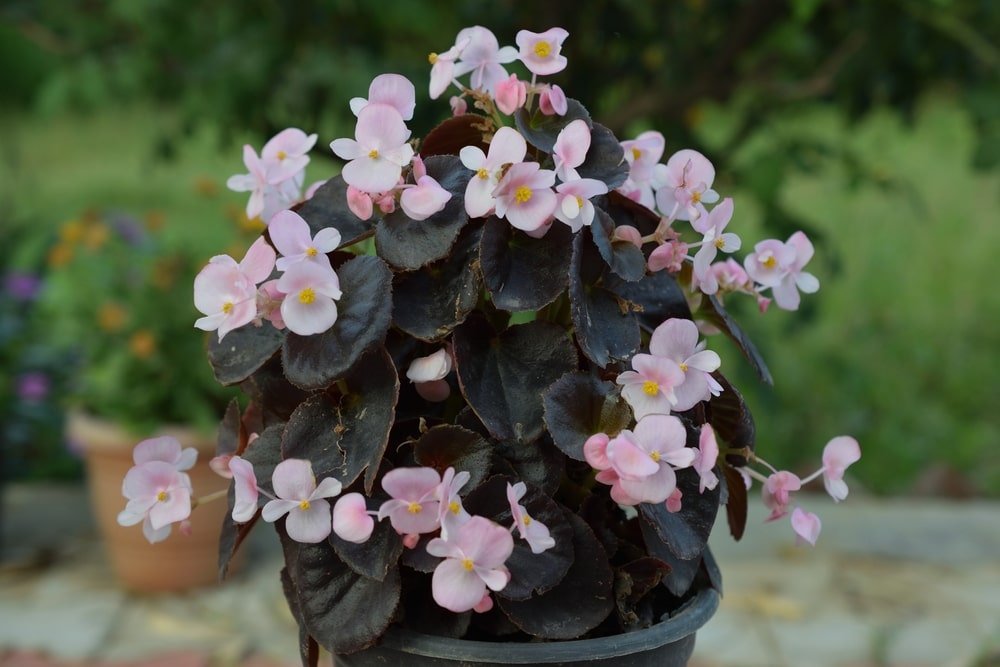
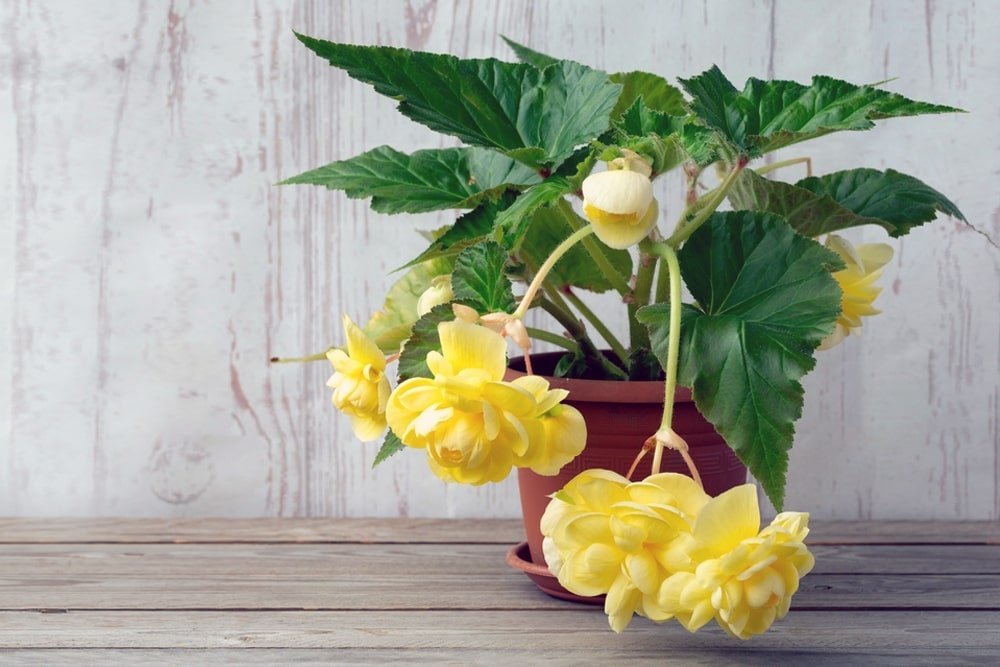
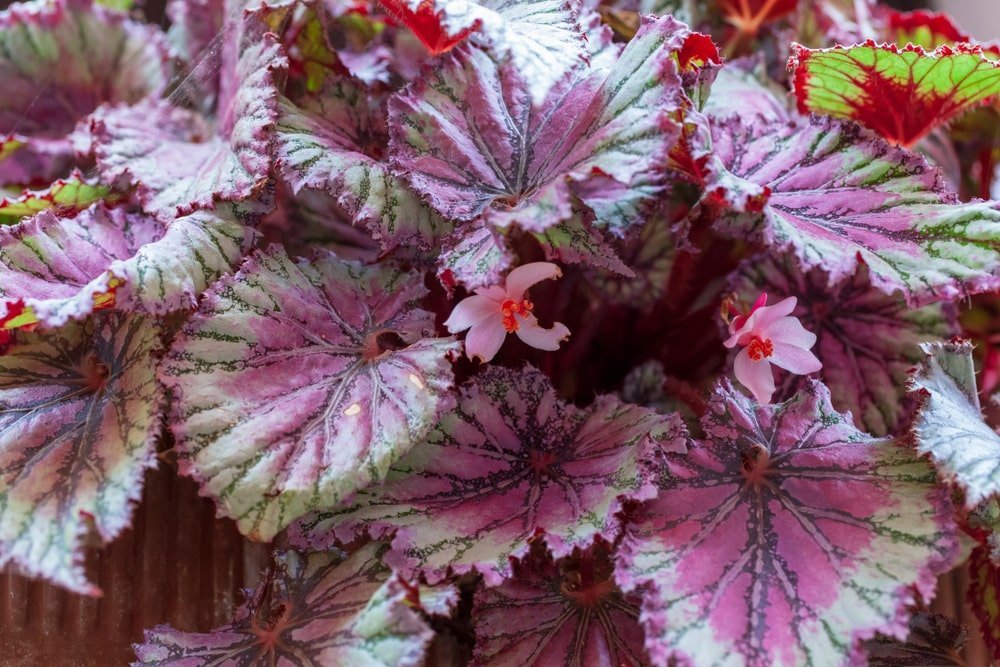
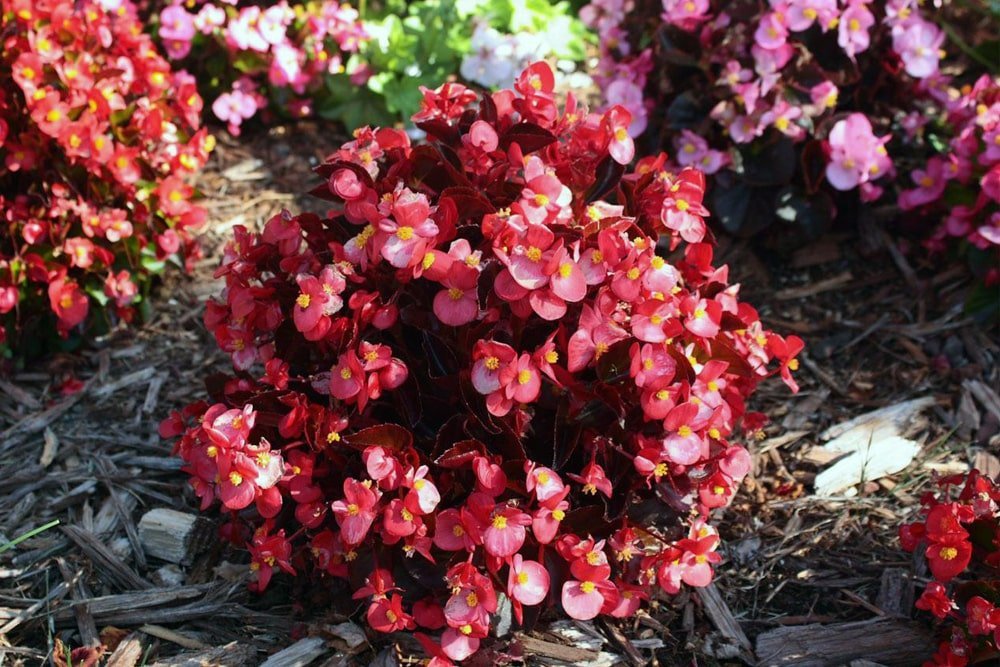



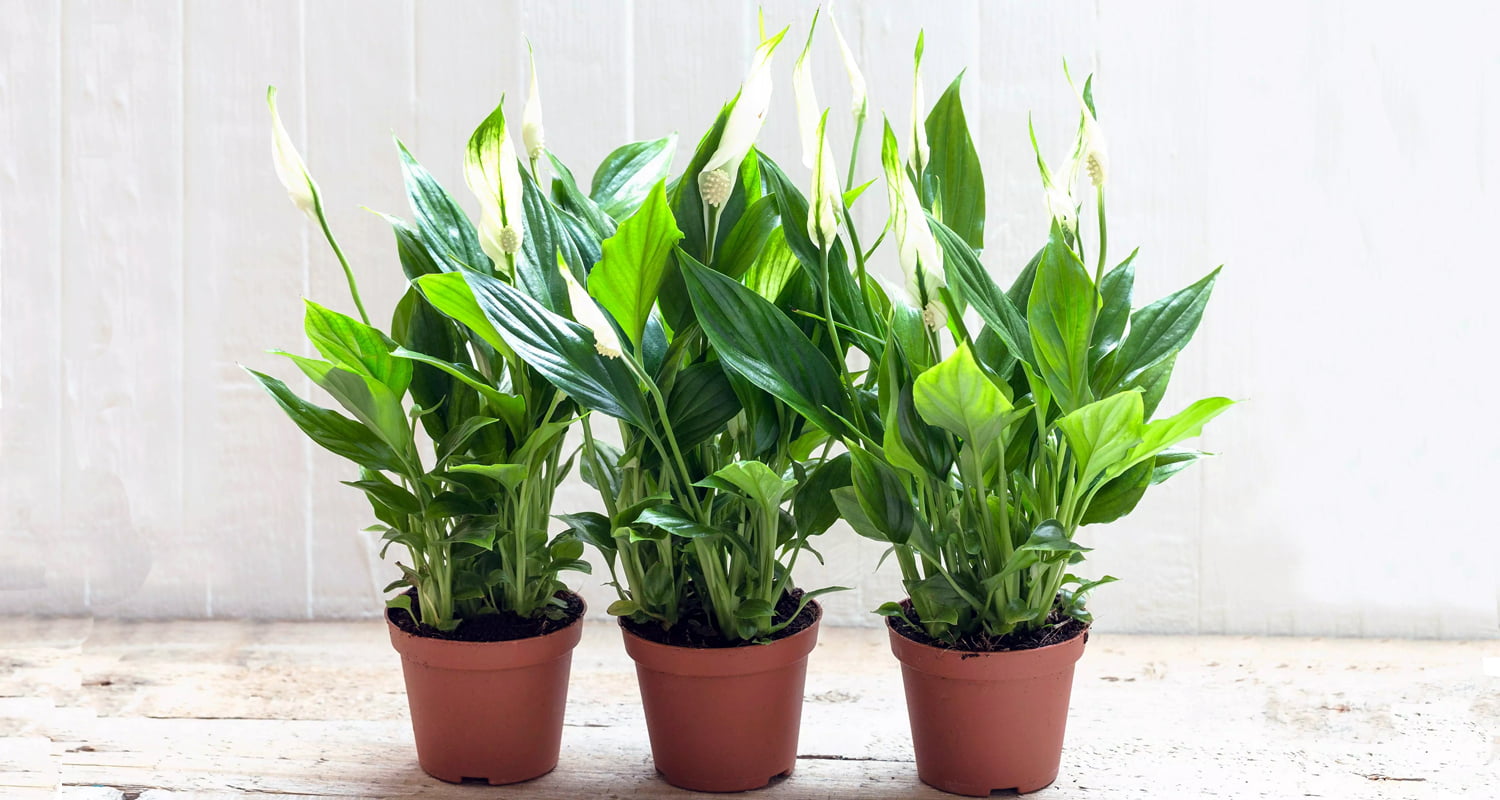
No comment